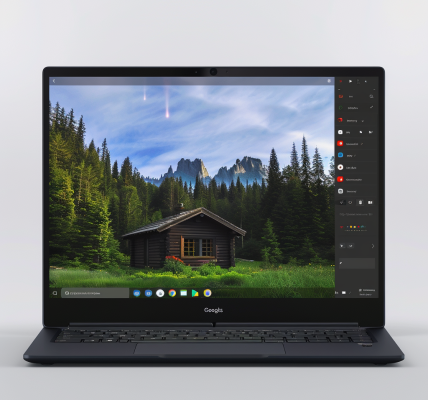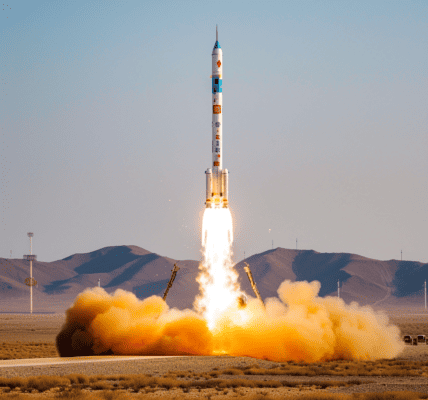Microsoft has made a significant stride in the realm of artificial intelligence with the introduction of its latest innovation, Magentic-One. This AI agent system, launched recently, marks a pivotal advancement beyond traditional chatbots, as it is designed to not only engage in conversation but also to execute tasks autonomously.
AI agents are emerging as a transformative technology, capable of taking directives from users and completing assigned tasks without requiring further input. This new approach to artificial intelligence is set to redefine how businesses and individuals interact with technology.
The market currently features a variety of AI agent technologies, ranging from basic tools to highly sophisticated systems. For instance, some platforms, like Anthropic’s Computer Use tool, can seamlessly take over web browsers to perform tasks such as hotel searches and taxi bookings. In contrast, more advanced AI agents are equipped with intricate back-end reasoning capabilities, enabling them to tackle complex tasks across various domains.
So, what exactly is Magentic-One? It has been characterized as a ‘generalist multi-agent system’ tailored for business users, drawing from Microsoft’s extensive experience with office productivity tools. This platform is particularly noteworthy because Microsoft has chosen to release it as an open-source project on GitHub. This decision is likely aimed at fostering collaboration within the developer community, encouraging the creation of innovative applications that leverage this new technology.
The evolution of AI is steering towards agentic systems that move beyond simple interactions to actual task completion. Microsoft envisions that the real value of AI will be realized in its ability to handle practical, everyday tasks efficiently.
Magentic-One distinguishes itself from existing AI agents by focusing on a broader array of workflows. While many current systems are designed for specific functions, such as data analysis or coding, Microsoft asserts that its new platform can manage a diverse range of tasks. This versatility is a significant advantage, as it allows users to apply the technology in various contexts.
At the core of Magentic-One’s functionality is what Microsoft refers to as the ‘Orchestrator.’ This lead agent plays a critical role in directing and managing four additional agents, coordinating their efforts to ensure tasks are completed effectively. This orchestration allows for a more cohesive and efficient approach to task management, enabling users to achieve their goals with minimal oversight.
The introduction of Magentic-One is a clear indication of the growing trend towards agentic AI systems that can operate independently. As businesses increasingly seek to automate processes and improve productivity, the demand for such technologies is likely to surge. Microsoft’s investment in this area reflects its commitment to leading the way in AI innovation.
With the open-source nature of Magentic-One, developers have the opportunity to experiment and build upon this foundational technology. This collaborative approach not only enhances the platform’s capabilities but also fosters a community of innovation around AI agents.
As AI continues to evolve, the implications for various industries are profound. From streamlining workflows to enhancing decision-making processes, AI agents like Magentic-One are poised to become essential tools in the modern workplace. The ability to automate routine tasks allows professionals to focus on more strategic initiatives, ultimately driving greater efficiency and productivity.
In summary, Microsoft’s Magentic-One represents a significant leap forward in the field of artificial intelligence. By combining the power of multi-agent systems with an open-source framework, Microsoft is not only enhancing its own offerings but also empowering developers and businesses to harness the potential of AI for a wide range of applications.
As the landscape of AI continues to shift, it will be fascinating to observe how platforms like Magentic-One shape the future of work and technology. The convergence of AI capabilities with real-world applications heralds a new era of efficiency and innovation, setting the stage for unprecedented advancements in how we interact with technology.





